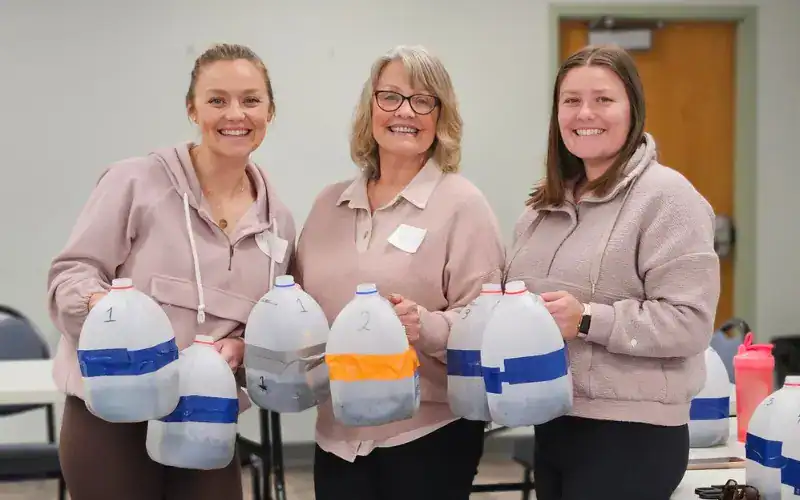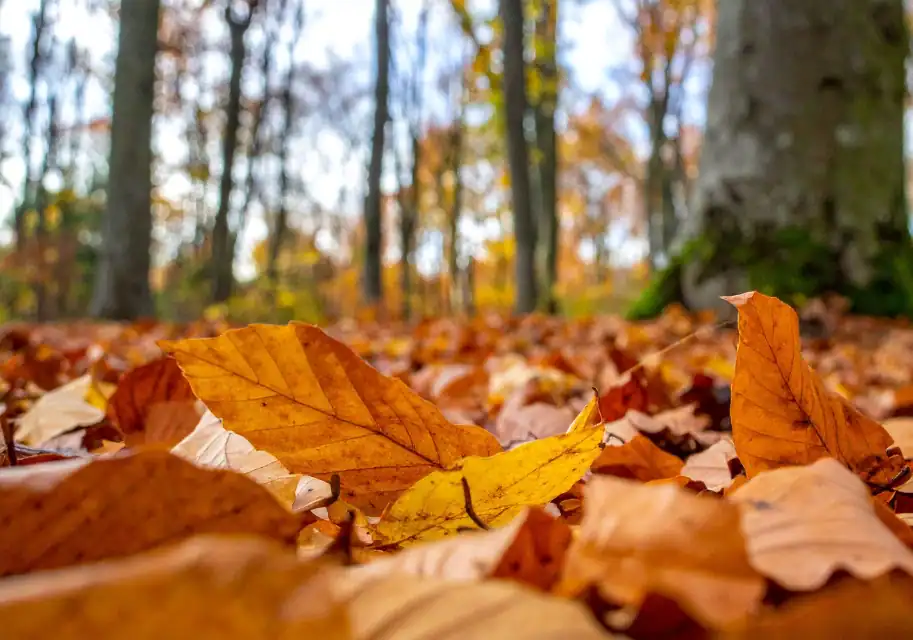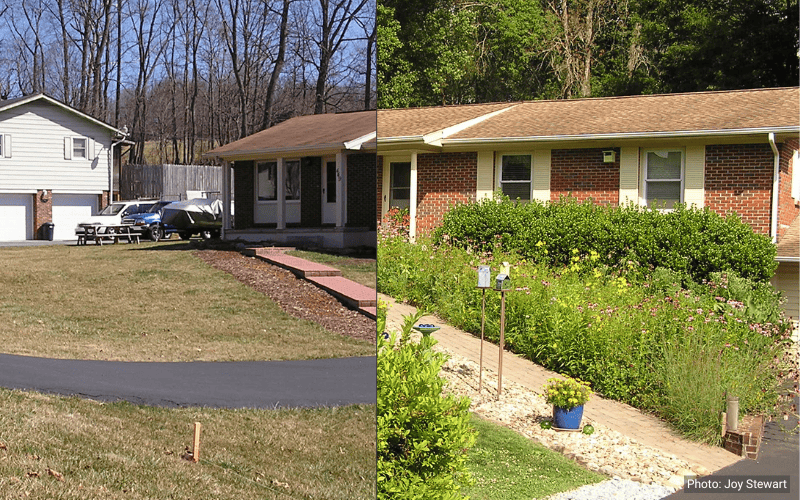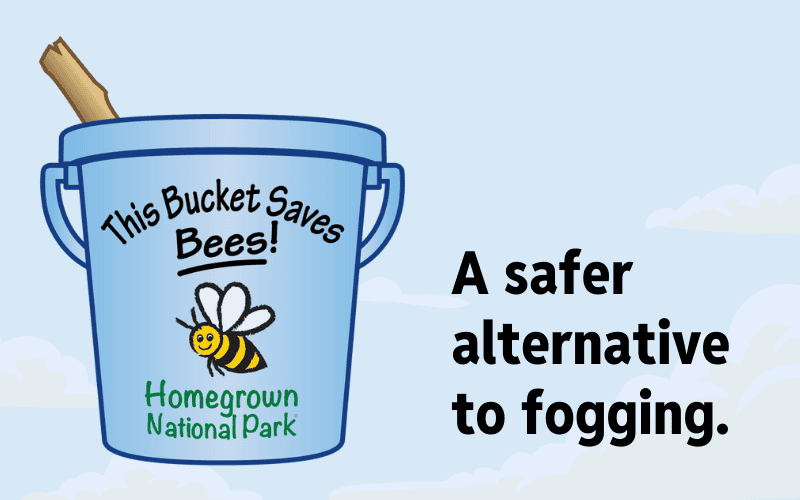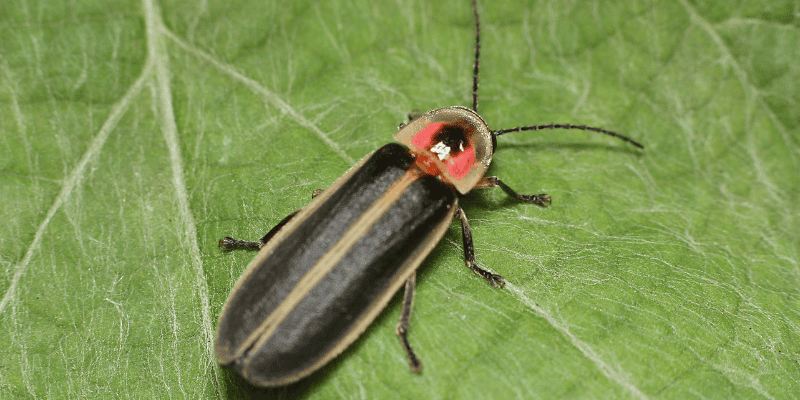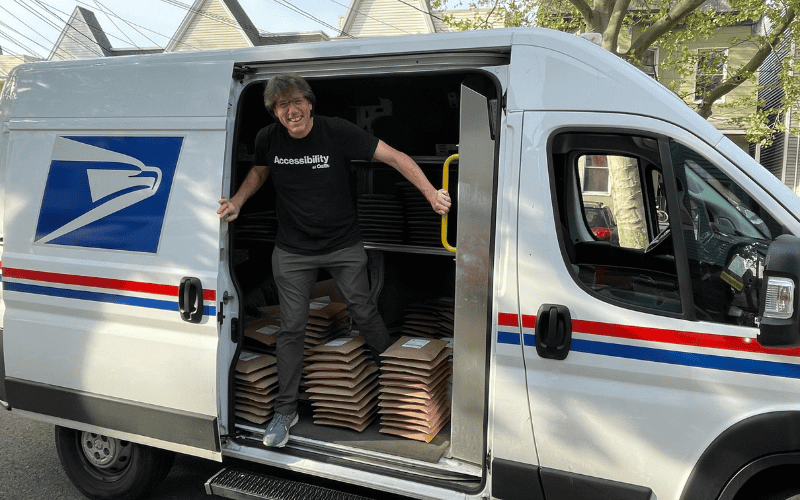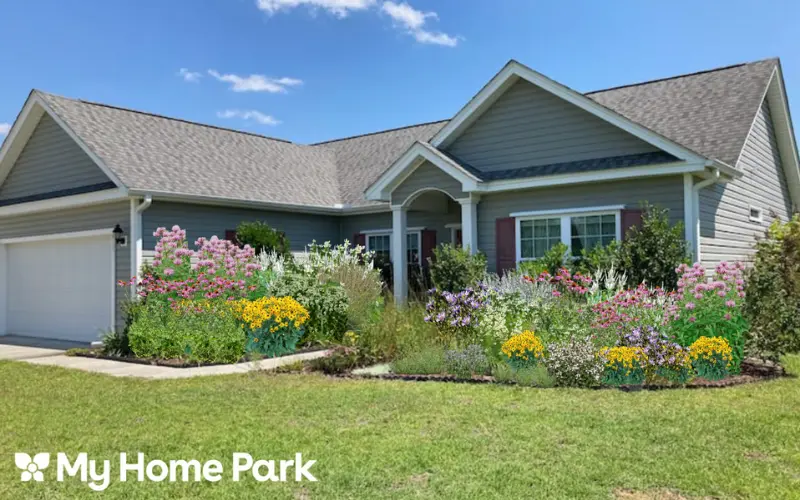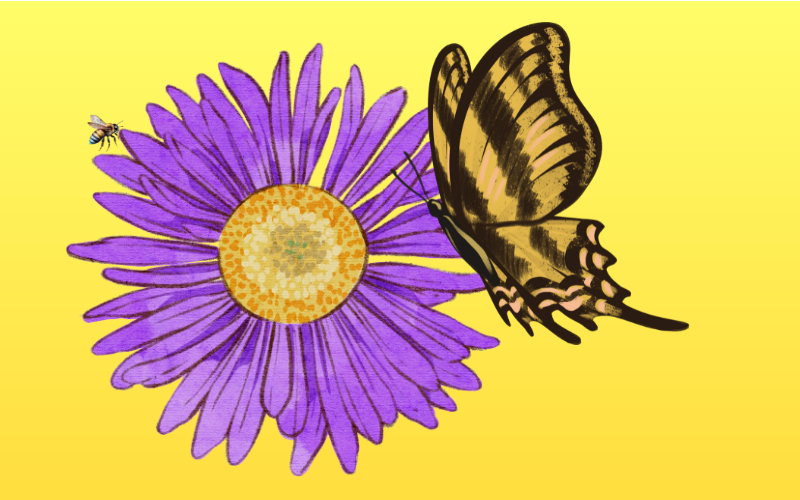We created this page to help kids connect with the natural world — no accounts, no data collection, just fun and learning.
Here’s what you can expect:
- No sign-ups required. Kids can watch and explore freely.
- No personal info collected. We don’t ask for names, emails, or anything else.
- No ads, popups, or tracking. We’re here to spark curiosity, not collect clicks.
- No sneaky cookies. We don’t use tracking tools on this page. (Need to confirm with tech team)
The videos are hosted on YouTube, so if your child clicks through to watch them there, they’ll be subject to YouTube’s own privacy practices. We recommend watching together — it’s a great way to start a conversation about nature!We follow all applicable U.S. laws, including the Children’s Online Privacy Protection Act (“COPPA”), and aim to create a safe, welcoming space for all ages. If you ever have questions, feel free to reach out at or check out our full .Thanks for helping your kids grow their love for the planet.

